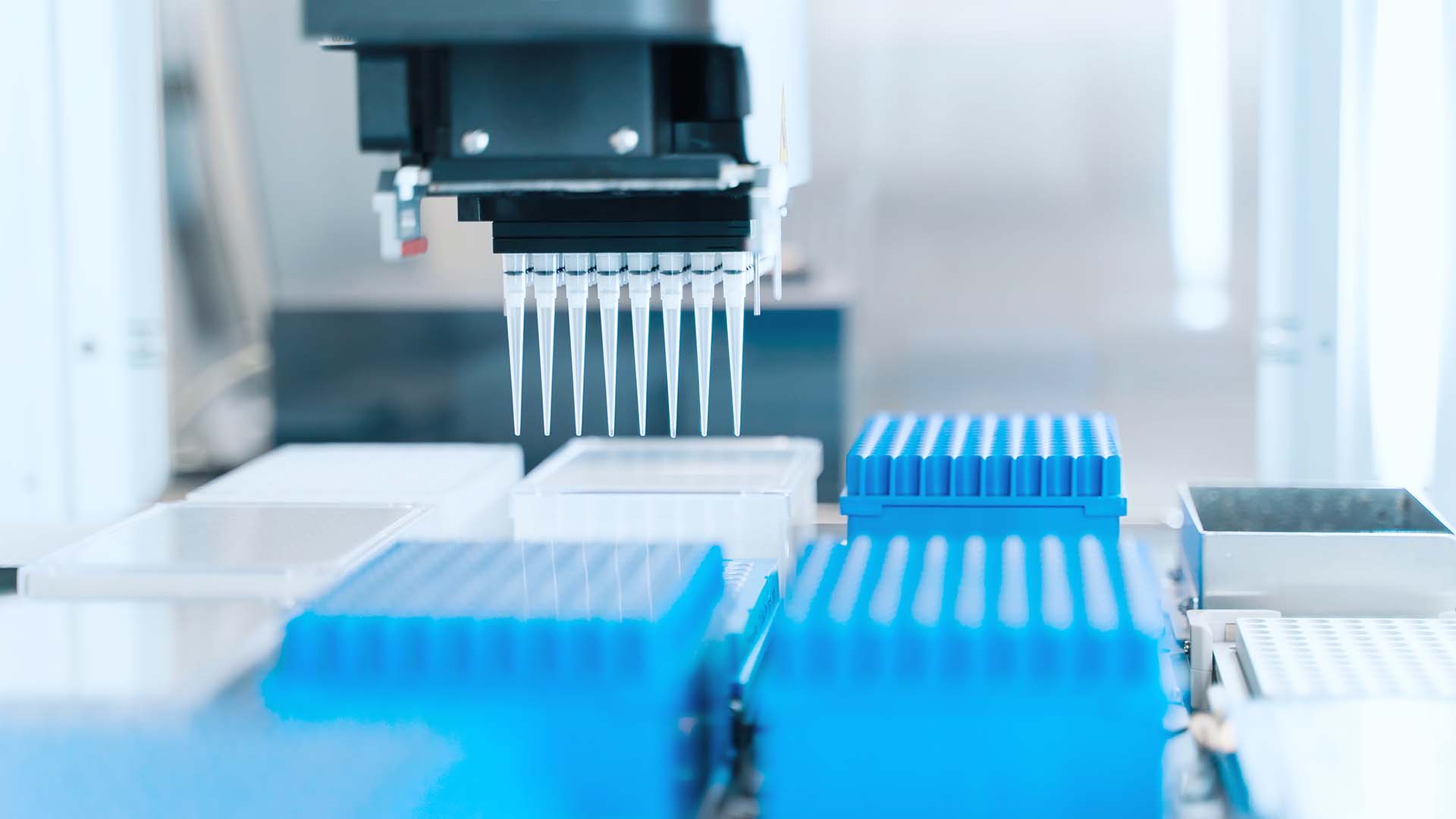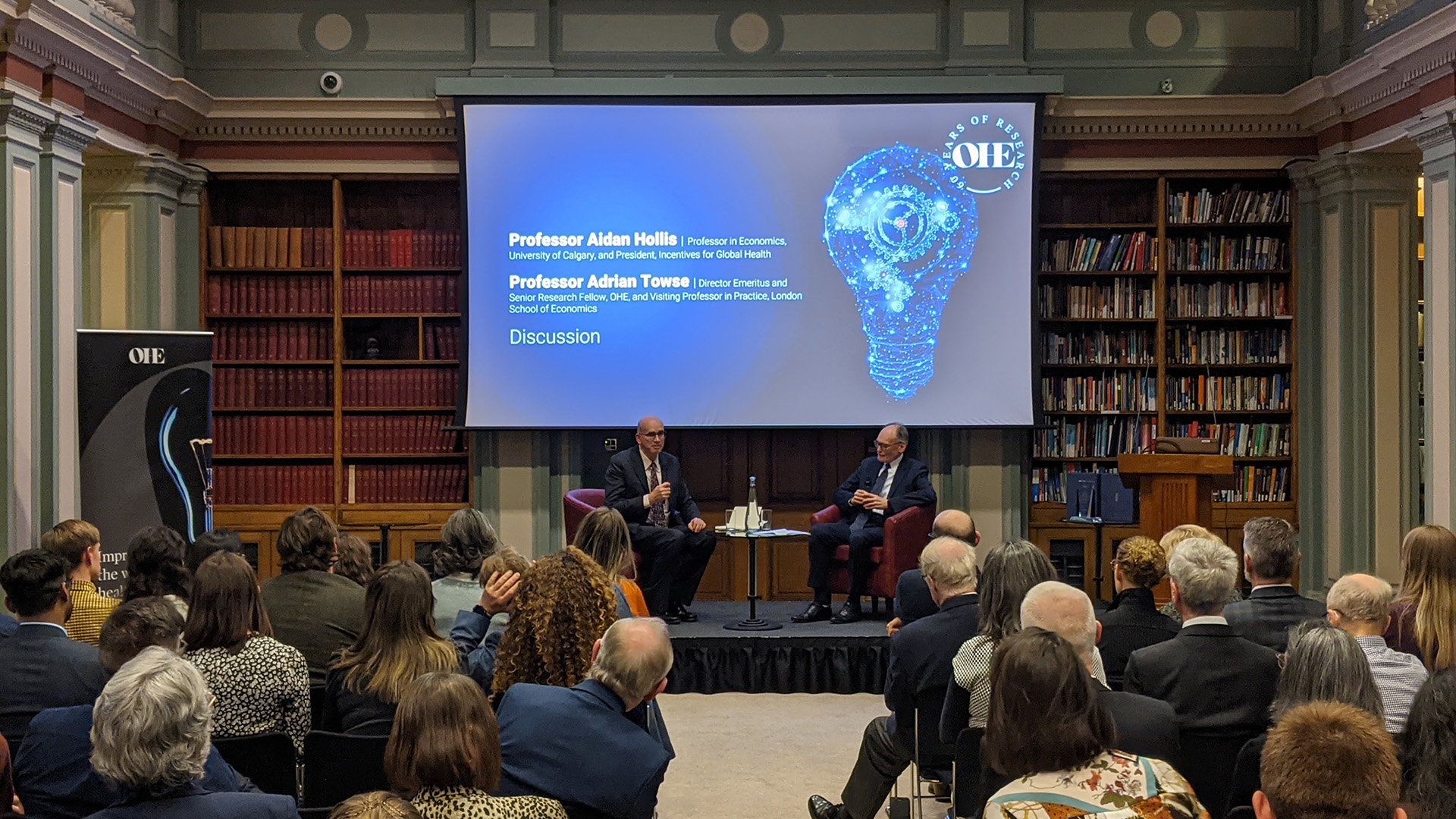To what extent can R&D incentives, competition and other factors facilitate access to highly valuable and costly pharmaceutical innovations?
In the pharmaceutical industry, intellectual property (IP) rights protection, including patents, data exclusivity (DE), and Supplementary Protection Certificates (SPCs), is seen as important. This is due to the high cost of research and development (R&D) for new medicines and the issue of appropriability, a concept that reflects innovators’ capacity to capture or appropriate the added value created by successful innovation.
Problems can arise if the amount of appropriation is too low or too high. A low degree of appropriability could result in dynamic inefficiency or a suboptimal (too low) investment in innovation. However, too much IP protection might grant the originator market power for an excessive period. Such market power enables prices above manufacturing and distribution cost to give a return on R&D, but results in static inefficiency, whereby innovative medicines are not used by some patients, countries, or systems. Quantities sold are lower than the quantity that would maximise social welfare, given the existence of the product.
Our latest
Research Paper contributes to this debate by analysing the functioning of a specific market for innovative treatments,
Direct Acting Antivirals (DAAs) for hepatitis C virus (HCV), in
six European countries. The authors explore the potential for in-class competition for DAAs to offset innovators’ market power and maximise the social welfare generated by the adoption of pharmaceutical innovation. A market characterised by a high degree of in-class competition while products are still on patent (IP-protected) would improve the affordability of medicines for governments and facilitate access and uptake to patients via prices. IP protection may increase this competition.
Using a multidisciplinary approach, combining a theoretical economic framework with uptake and market share analyses and interviews, the research assesses the impact of (i) incentives for R&D based on providing intellectual property (IP) rights protection; (ii) market competition; and (iii) other factors, including healthcare policies, on access to DAAs in Europe.
Theoretical models show that current R&D incentives based on IP protection in the EU may have encouraged in-patent competition. In-patent DAA competition leads to price reductions that make new medicines more affordable and generate savings to payers via increased market power and capacity for surplus extraction.
In the uptake analyses, the authors identify three different stages of market competition for DAAs in European countries. Analyses show that competition within the DAA class was intense, especially during the second stage when various options fought to gain market share. Uptake curves and market shares demonstrate that access to DAAs was sped up in this second stage for Germany, Spain, Italy and Portugal. For France, access was already high at this point, due to compassionate use, while the UK implemented restrictions on use.
Evidence from our interviews suggested that in-class competition improved access and uptake and provided bargaining power to payers. Improved characteristics of DAAs compared with interferon-based treatments, in terms of response rate and side effects, influenced access, as did their acceptable cost-effectiveness. Our estimates of health gains showed that countries relying on market competition, providing full access to all DAAs available and negotiating prices, accrued higher QALY gains from DAAs as compared to those implementing restrictions to control total expenditure on DAAs (such as the case of the UK until 2016).
Our paper concludes that IP incentives for R&D may have encouraged a high degree of in-class competition of DAAs close to the first entrant launch. In-class competition had a positive impact on uptake and adoption of DAAs in the top-5 European countries. However, in-class competition is a necessary but not sufficient condition for early adoption and fast uptake of innovative medicines as there are other factors related to the performance of the new technology, characteristics of the healthcare system and political factors, which can have an effect.
Download the full report
here.
Citation
Berdud, M., Garau, M., Neri, M., O’Neill, P., Sampson, C. and Towse, A. (2018). R&D, Competition and Diffusion of Innovation in the EU: The Case of Hepatitis C.
OHE Research Paper 18/06, London: Office of Health Economics. |
RePEc
Related research
Danzon, P., Towse, A. and Mestre‐Ferrandiz, J., (2015). Value‐Based Differential Pricing: Efficient Prices for Drugs in a Global Context.
Health Economics, 24 (3), 294-301. |
DOI |
RePEc
Hampson, G., Towse, A. and Henshall, C. (2017). Assessing Value, Budget Impact and Affordability to Inform Discussions on Access and Reimbursement: Principles and Practice, with Special Reference to High Cost Technologies.
OHE Briefing. London: Office of Health Economics. |
RePEc
Karlsberg-Schaffer, S., Messner, D., Mestre-Ferrandiz, J., Tambor, E. and Towse, A., (2018). Paying for Cures: Perspectives on Solutions to the “Affordability Issue”.
Value in Health, 21(3), pp.76-279. |
DOI




